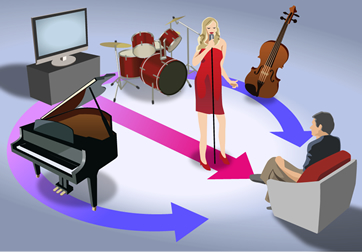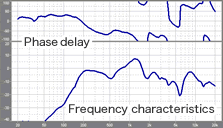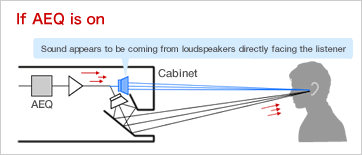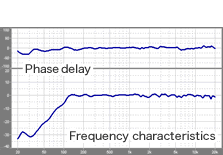
AudioEngine™represents the latest generation of sound field control technologies, and is the results of Yamaha's many years of experience in this domain.
- Total acoustics correction:Acoustic total-linear EQ
- Surround sound reproduction:Spacious sound 3D
- Audio bandwidth extension:Harmonics enhancer Extended
These processing technologies are all intended to reproduce audio materials as faithfully as possible—listeners hear what they would have heard live when the material was recorded. This design philosophy extends all the way down to the hardware designs of our devices. Furthermore, AudioEngine™ continues to evolve as new technologies for more faithful, high-definition sound reproduction are found and implemented.
The YDA174 and YSS952 are two devices that incorporate AudioEngine™ technology.




